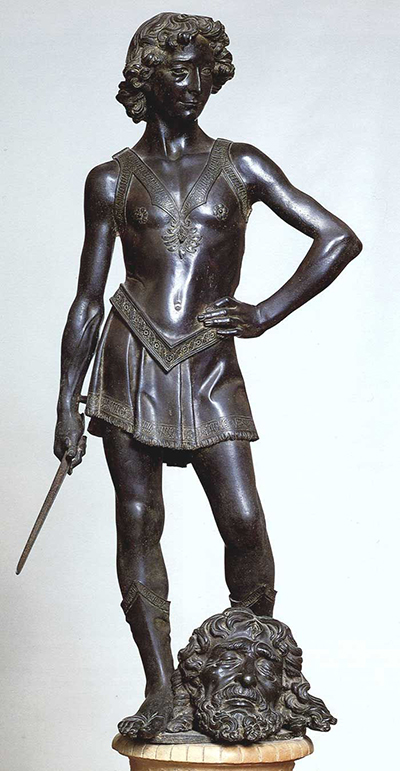This biography uncovers the rise of Andrea del Verrocchio to become one of the most influential artists of the Renaissance, both in his own work and also that of his pupils
Andrea del Verrocchio was born in 1435 in Florence, Italy and initially served an apprenticeship as a goldsmith. This was a frequent route into the art scene at that time and provided skills that could be used across several different mediums. Andrea was the son of Michele di Francesco Cioni who held several jobs before ending up as a tax collector. The family was by no means rich, leaving several siblings requiring support from their ambitious son in his early days.
The support would not end there, in fact, as he also later covered the educational costs for two daughters of one of his brothers, meaning he was contributing to several generations of his family whilst forging this influential path along which other Renaissance artists would later follow.
Sculpture would prove to be the artist's first divergence from his training as a goldsmith, though his first paintings would follow soon afterwards. It is possible that his master at this point was a man called Giuliano Verrocchi, from where he took his nickname. Alternatively, others believe that the name simply came from its direct meaning of true eye in Italian.
Verrocchio would intially receive his painting guidance from Alessio Baldovinetti, yet another talented Florentine artist. He would then learn from from the still highly respected and influential Fra Filippo Lippi as a part of his studio. This master had a series of work to complete on the outskirts of Florence and was more than happy to be able to call on their services of such talented assistants as Verrocchio and also Sandro Botticelli.
The majority of what we know about Andrea del Verrocchio is from the last 20 years of his career, as this was it's pinnacle. The death of Donatello would leave room for him to become the new favorite of the Medici family and from that point onwards he was never short of well paid commissions. He was also now respected so much that he was given full artistic licence and the finances towards the any assistants that he needed.
Whilst the passing of the extraordinary Donatello was timely, it must also be remembered that Verrocchio was 31 at that time, so naturally coming towards his peak as an artist in any case. Piero de Medici and his son Lorenzo were not just wealthy patrons, but passionate followers of the arts who always strived for the best.
As the Medicis became more and more trusting in the artist's judgement, they would eventually appoint him curator of antiquities in the Medici Palace. He took this opportunity to get several important pieces from Roman times restored and many of those can still be viewed today. They would also request other artistic contributions besides paintings and sculptures, including set clothing design. Theatre and other leisure time pursuits like tournaments and festivals were particularly important to the wealthiest members of the Papal States of Italy.




